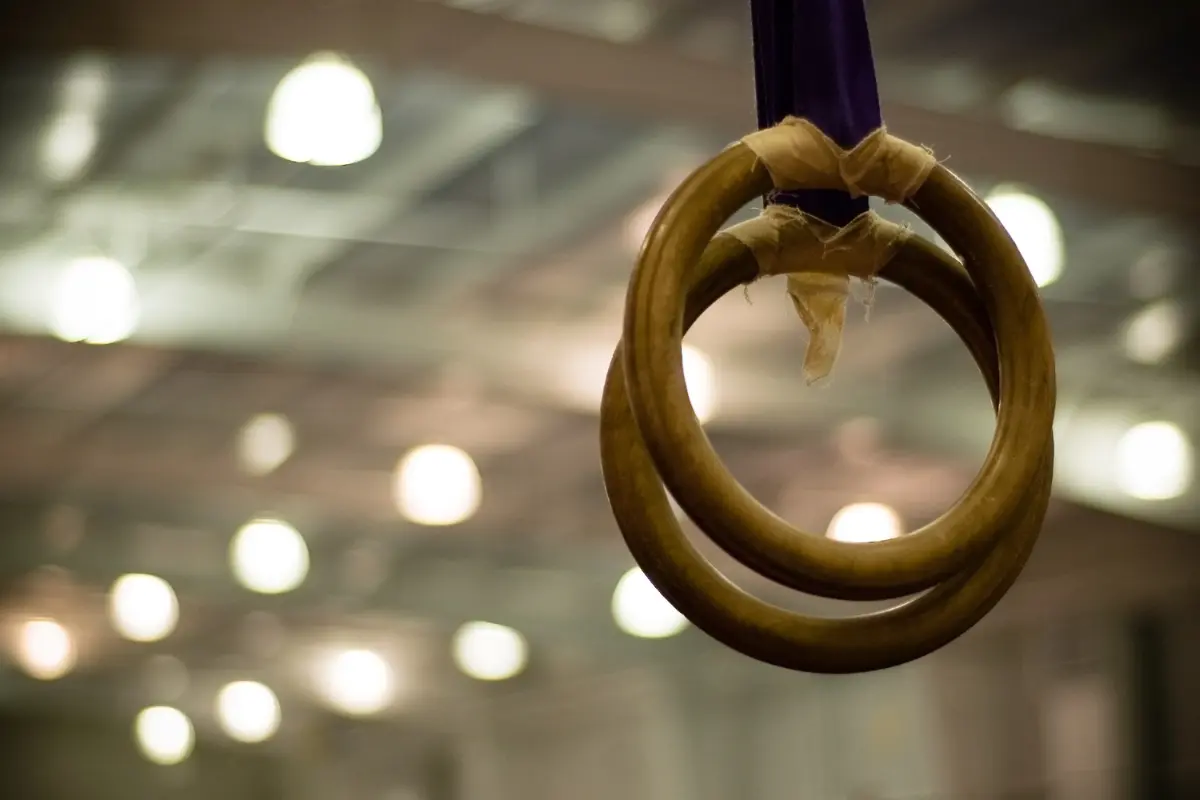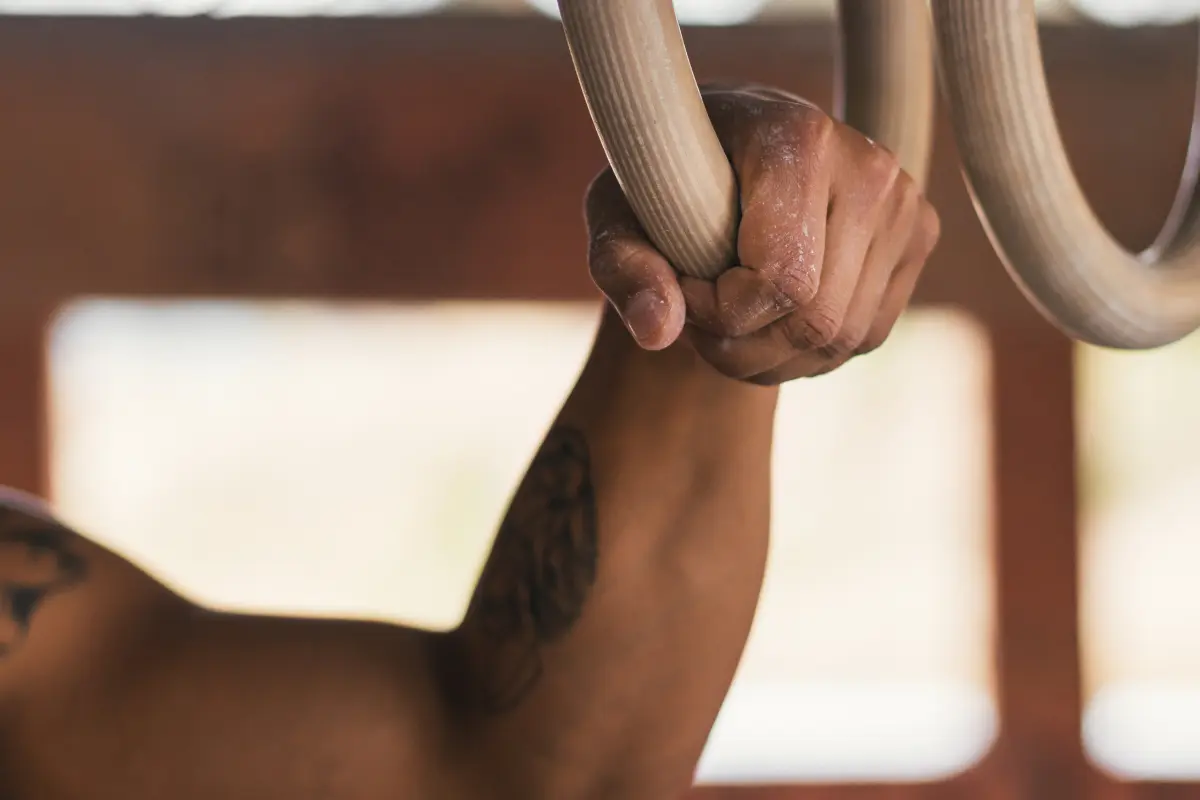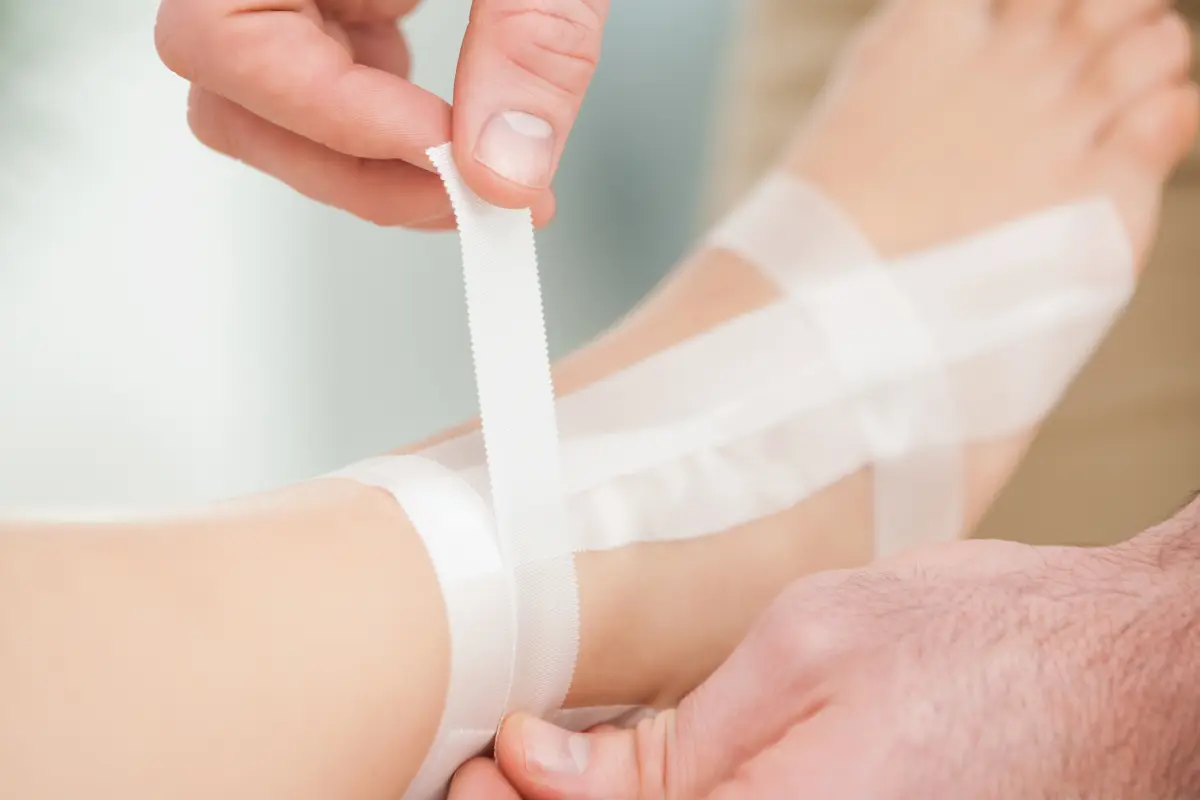If you’ve ever watched a gymnastics competition, you might have noticed something curious before an athlete begins their uneven bars routine: chalk dust in the air, a spray bottle in hand, and perhaps even a coach rubbing something onto the bars. It’s not just a pre-performance ritual—it’s science, safety, and strategy all rolled into one.
But what exactly are gymnasts spraying on the uneven bars, and why is it so important?
Contents
It’s All About Grip—and Safety
Gymnasts perform high-speed, high-impact skills on the uneven bars. From release moves like the Jaeger to powerful giants and dismounts, the event demands a precise balance of grip and slip. If the bars are too slippery, the gymnast risks flying off unexpectedly. If they’re too sticky, they might get stuck mid-skill or strain their wrists.
The spraying routine is part of a carefully calibrated system to create just the right amount of friction between the gymnast’s hands and the bar.
What Are They Spraying?
The spray is usually water—yes, plain water. But it’s not just to cool the bars down or clean them. The water serves a key purpose in activating grip-enhancing substances. Here’s how it works:
Water + Chalk + Grips = Optimal Traction
Gymnasts use powdered magnesium carbonate (aka chalk) to absorb moisture and reduce slipperiness caused by sweat. However, when used with leather grips (specialized hand gear with dowels that hook over the bar), adding a little water to the bar can help the chalk adhere better, creating a stickier surface that improves grip.
Water Helps Set the Chalk
Without moisture, chalk can remain dusty and dry, which might lead to slipping. A damp surface helps bind the chalk into the leather grips, forming a tackier, more reliable contact point.
Personalized Bar Prep
Every gymnast has their own preferred bar condition. Some like it drier and slicker for faster swings; others want more stick to feel secure on high-difficulty release moves. The amount of water sprayed—and where it’s applied—is part of each gymnast’s preparation ritual.
Between Routines: Why Do They Keep Adjusting the Bars?
During team or individual competitions, gymnasts often share equipment. Between routines, you’ll often see gymnasts:
- Spraying water
- Scraping off excess chalk with a bar brush
- Reapplying their own preferred chalk or water mix
In both team and individual competitions, gymnasts usually share the same set of uneven bars. That means the bars need to be reset between routines—not just for height and distance, but also for grip feel.
Even factors like humidity, temperature, or how “broken in” the grips are can influence how much chalk or water is used. Gymnasts often experiment with different combinations to find the perfect balance that suits their routine, preferences, and the conditions of the bars they are working on.
So when you see a gymnast spraying the bar, brushing it, or even standing back and inspecting it before their turn, they’re not stalling. They’re prepping the bar to match their own grip preferences.
The Full Bar Routine: Water, Chalk, and Honey?
While water and chalk are the go-to combination for most gymnasts, some athletes take their grip prep a step further—by adding honey or even light syrup to the mix. It might sound like something out of a cooking show, but in gymnastics, this sticky substance is a time-tested grip enhancer.
Here’s how it works:
Here’s how the process works:
- A light layer of honey is applied either to the gymnast’s leather grips or directly onto the bar.
- Chalk is then packed on top, creating a sticky-chalky combo that boosts friction.
- The result is a tackier grip that helps prevent slips during high-speed swings and release moves.
This method is especially popular during training sessions, where gymnasts have more control over their environment. The added stickiness gives them extra confidence to go for difficult skills without the fear of an unexpected slip.
Note: In formal competitions, honey is often discouraged or outright banned. Bar maintenance crews must ensure a neutral, clean surface for every gymnast, so sticky residues that could alter the grip for the next competitor are typically not allowed.













